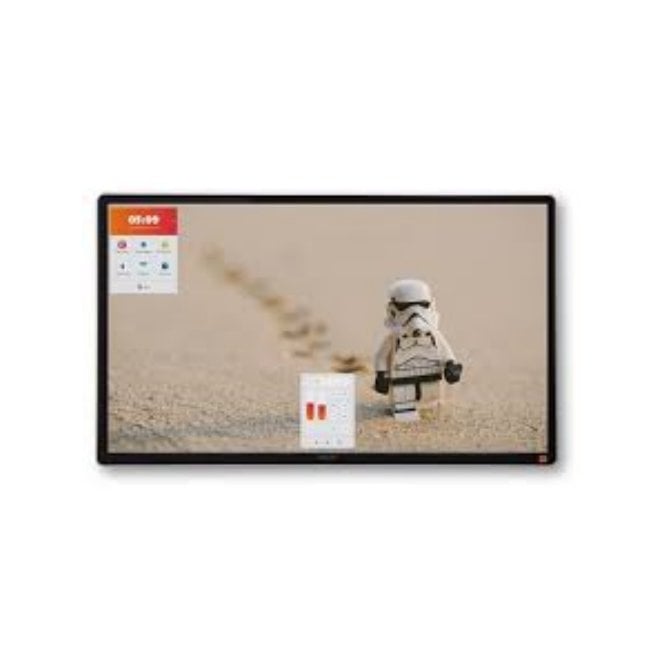When selecting an interactive touchscreen for a school, boardroom, or retail environment, several factors related to hardware and software need to be considered.
- Size and form factor: Determine the appropriate screen size based on the viewing distance and the available space. Consider the ergonomic requirements and the number of users interacting with the screen simultaneously. Touchscreens come in different sizes and form factors, such as wall-mounted displays, interactive panels, or tabletop models.
- Connectivity and compatibility: Ensure the touchscreen offers connectivity options that align with your existing infrastructure and devices. Look for HDMI, USB, DisplayPort, and wireless connectivity for seamless integration with computers, tablets, or other devices.
- Touchscreen software: Evaluate the software features and functionality provided by the interactive touchscreen. Valuable features include multi-touch support, gesture recognition, palm rejection, annotation tools, and compatibility with standard operating systems (e.g., Windows, macOS, Android).
- Collaboration and productivity tools: Consider the availability of collaboration and productivity software to enhance the interactive experience. These may include whiteboarding applications, screen-sharing capabilities, note-taking apps, and integrations with popular productivity suites like Microsoft Office or Google Workspace.
- Support and updates: Check the availability of software updates, technical support, and compatibility with future software upgrades. Choosing a touchscreen with a reliable software ecosystem that will continue to receive updates and support over time is essential.
- Brands: The most reputable brands for interactive touchscreens include Smart, Viewsonic, Clevertouch, Promethean, CTouch, and Liyama. You should also buy from a reputable retailer like KPMS for the best support.



